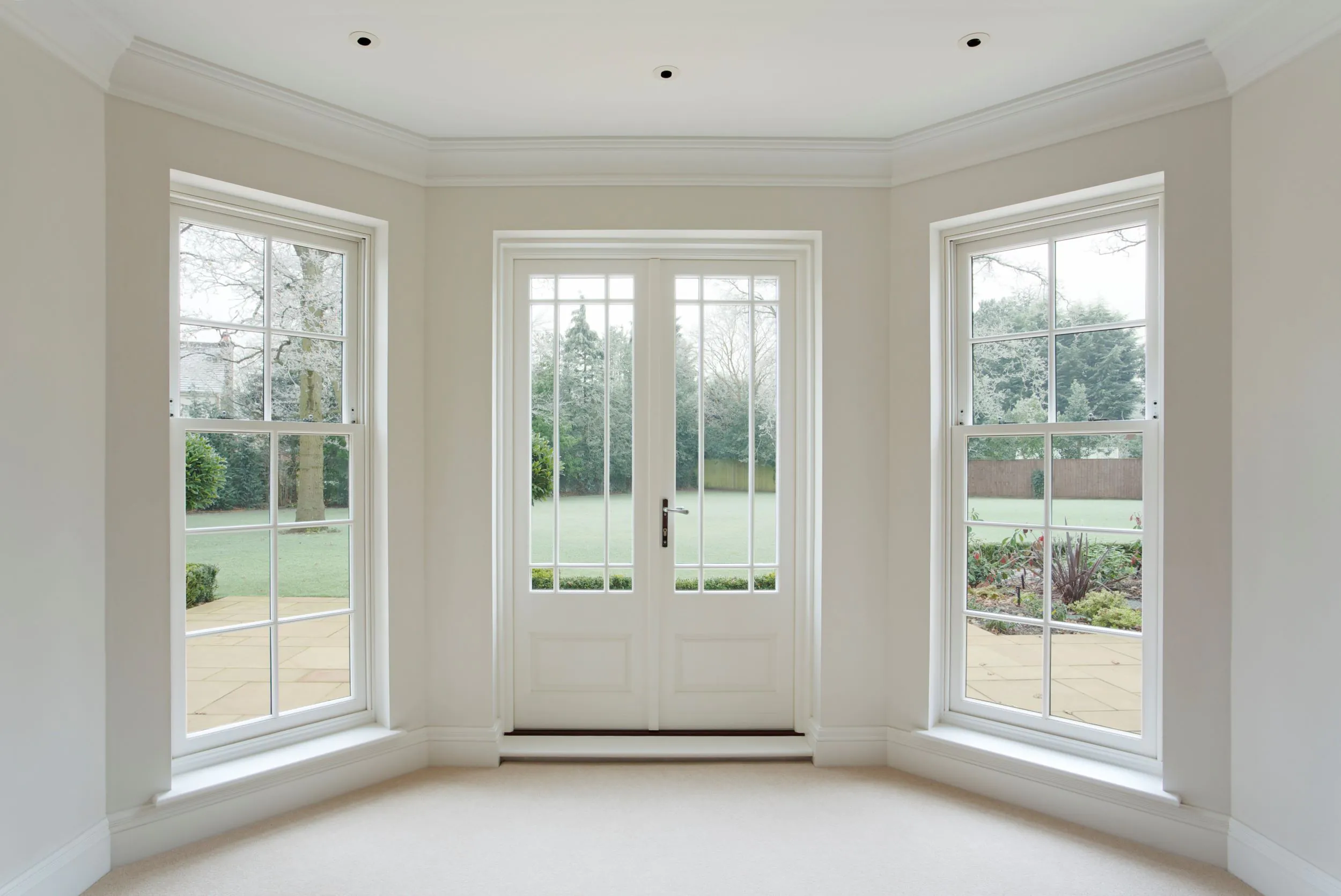The architectural millwork industry has felt the effects of the global pandemic over the past few years, with demand fluctuations, supply chain disruptions, labor shortages, and more. However, as economies have recovered and industrial activities have picked back up, demand for millwork products is beginning to rise once again. While current growth projections are conservative, market players are cautiously optimistic, with healthy construction and renovation spending helping to drive demand for items such as windows, doors, decking, fences, and other wood products.
Architectural Millwork Industry Challenges
During the height of the pandemic millwork producers, like many others, faced supply shortages and delays that made it difficult to acquire enough materials to meet demand. It also made those materials more expensive to purchase, putting pressure on manufacturers to raise prices or absorb the extra costs. The industry had to contend with labor shortages due to sickness, physical distancing requirements, and preferences from workers to reduce COVID-19 exposure risks by choosing jobs that allowed for remote work.
These production challenges came with a rise in demand, as people who were spending an increasing amount of their time at home elected to improve those homes. Renovations were on the rise and demand for new residential construction remained high. While this made it difficult to meet customers’ needs, it did mean there was no lack of demand to help manufacturers stay in business during uncertain times.
Recovery and Growth
Today, many of these challenges have diminished or have gone away altogether. Supply chain issues have eased and prices have dropped somewhat, though many companies in the millwork industry are still working through the stock of materials that they purchased at higher prices. Millwork companies have broadened their supplier base in order to be better able to acquire needed materials and be less reliant on any single company. Renovations continue to be popular and residential construction is booming in many parts of the world. In addition, commercial businesses such as retailers are beginning to invest in expansions, bringing increased demand for retail and industrial construction projects. A strong construction industry brings high demand for architectural millwork products such as doors and windows.
Growth projections for the near future are low, with US members of the architectural millwork industry expecting to see less than a 1% increase over the previous year. However, as revenue has been in a slight decline over the past several years, such an increase is a good sign for the industry. Despite the looming possibility of a recession and continued labor shortages, the industry appears to be recovering well from the impacts of the pandemic. And while wood products face significant competition from those made of other materials such as aluminum, vinyl, and steel in the non-residential construction industry, sales to that sector remain healthy, and the residential construction industry continues to be by far the largest consumer of architectural millwork products.
Architectural Millwork Industry Trends
Automation and AI: The pandemic accelerated the adoption of Industry 4.0 technologies such as automation and machine learning. Manufacturers began implementing them more widely in order to maintain operations in the face of challenges such as fewer workers and constrained supplies: the efficiency that can be created through the use of robotics, integrated systems, and data collection and analysis allows millwork companies to do more with less, reducing costs and waste. While the industry has stabilized now, businesses are still adopting and improving on these practices, allowing them to better handle challenges such as material price fluctuations, changing demand, and continued labor shortages.
Integrating technology into infrastructure: There is growing demand for custom millwork products that are designed to incorporate and conceal technologies that are becoming commonplace in the workplace and the home. Commercial spaces in particular are looking for wood panels and other products made to conceal devices such as occupancy sensors or host outlets and other elements that are important to an increasingly connected workplace. Smart homes, offices, and factories also need millwork products that are designed to incorporate the various devices and infrastructure used to make everything run smoothly.
Energy efficiency: There is increasing pressure from governments and consumers to improve the energy efficiency of homes and workplaces. This means millwork products such as doors and windows are being held to higher standards than before, and purchase decisions are increasingly being based on products that meet those standards. Quality doors and windows are able to improve insulation, air quality, and resistance to extreme weather.
While things have been somewhat lean for the architectural millwork industry over the past few years, the healthy global construction industry and gradually improving supply chain mean there are many opportunities for millwork companies in the coming years.



